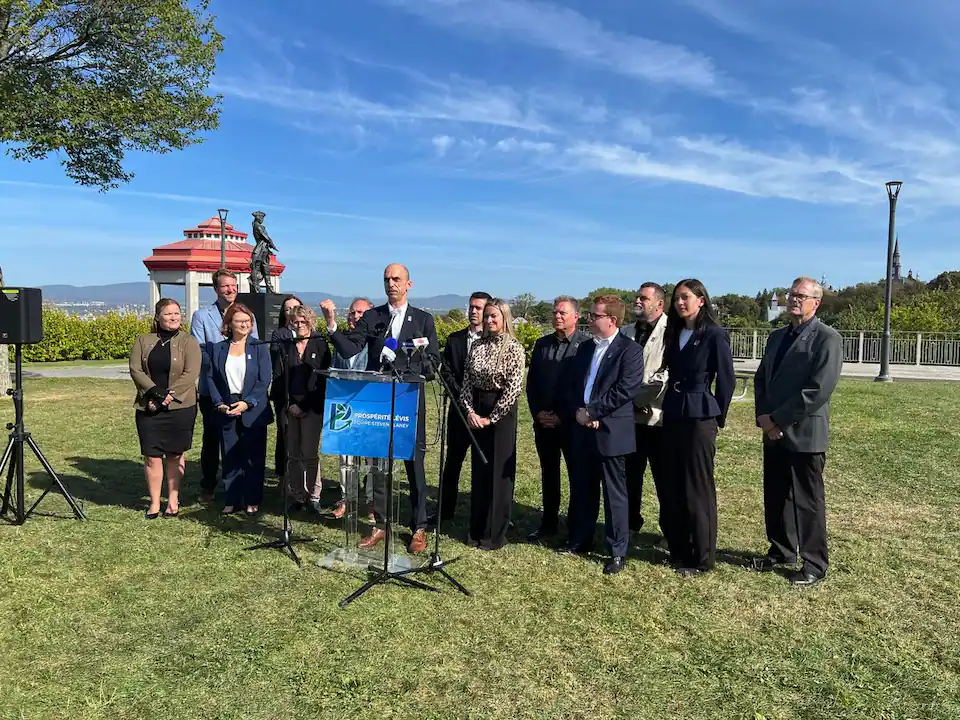Copyright news18

To provide transparency and clarity on TER (Total Expense Ratio) being charged to investors in a mutual fund scheme, the Securities Exchange Board of India (Sebi) has proposed several important changes, including statutory levies excluded from TER, lower brokerage and transaction cost limits, a new definition and disclosure of TER, performance-linked TER, and clarification on NFO. TER is the total annual cost charged to investors in a mutual fund scheme. It includes management fees, operational expenses, marketing, registrar fees, and more — expressed as a percentage of the scheme’s AUM (Assets Under Management). 1. New TER Definition With A Break-Up SEBI’s Consultation Paper on Comprehensive Review of SEBI (Mutual Funds) Regulations, 1996 has proposed a new definition and disclosure of TER, which clearly includes expense ratio (within prescribed limit), brokerage, exchange and regulatory fees, and statutory levies. Moreover, as per the proposal, AMCs (Asset Management Companies) must disclose a break-up of all TER components to the investor for greater transparency. 2. Removal of Additional 5bps Charge Another major proposal includes the removal of an additional 5bps charge being imposed by AMCs on the AUM of schemes where an exit load is levied. This charge was originally introduced in 2012 (20 bps) and later reduced to 5 bps. Removing this additional charge is supposed to help rationalize investor costs. However, the first two TER slabs for open-ended active schemes will be increased by 5 bps to offset this removal. 3. Exclude Statutory Levies From TER Sebi has proposed to exclude all statutory levies – STT, CTT, GST, Stamp duty – from TER limits. As of now, GST (on management fees) is allowed over and above the TER limit, but other statutory charges (STT, CTT, Stamp Duty, etc.) are included within the TER. This will ensure making the expense ratio more transparent, with ease of passing any future tax changes directly to investors. 4. Lower Brokerage and Transaction Costs The market regulator is aiming to decrease the burden on brokerages for offering mutual fund schemes. According to Sebi’s proposal, charges of AMCs to brokerage will be cut from 12 bps to 2bps for cash market and 5 bps to 1 bps for derivatives. As of now, AMCs can charge brokerage up to 0.12% (12 bps) for equity and 0.05% (5 bps) for derivatives. This will help to prevent “double-charging” for research and ensure investor-friendly pricing. Moreover, Statutory levies (STT/CTT/GST/stamp duty) will be allowed over and above these limits. 5. Performance-linked TER In an attempt to innovate the current way of charges to investors by AMCs, Sebi has pitched ‘performance-linked TER’. This new provision will allow AMCs to charge TER based on fund performance. If a fund is performing well, then the expense ratio will be charged higher. It’s voluntary and will follow a detailed framework to be developed after stakeholder consultation. Clarification on NFO (New Fund Offer) Expenses Sebi in the consultation paper has clarified that all expenses related to launching a new fund till allotment of units will continue to be borne by AMC/Trustee/Sponsor, not by investors.



